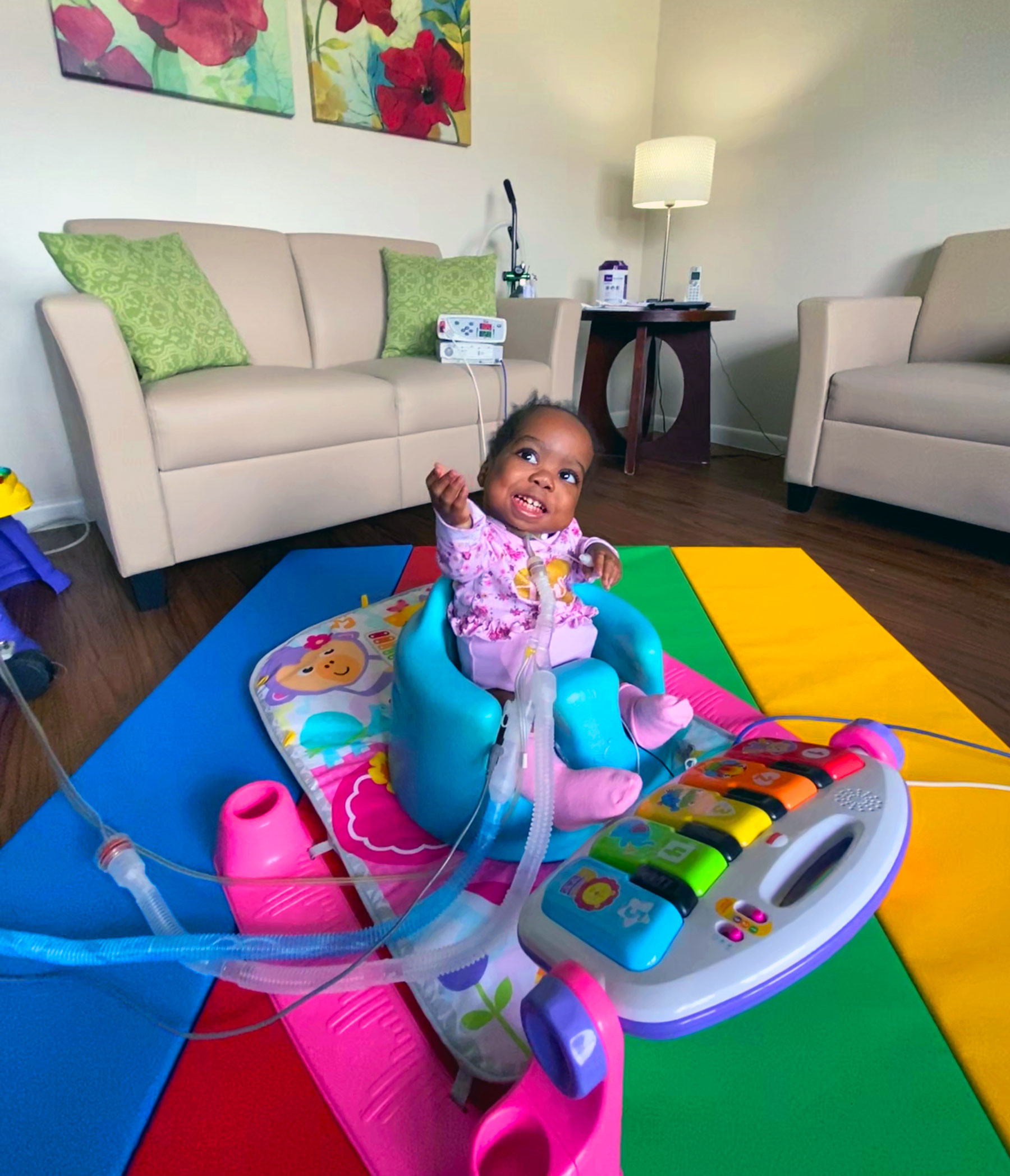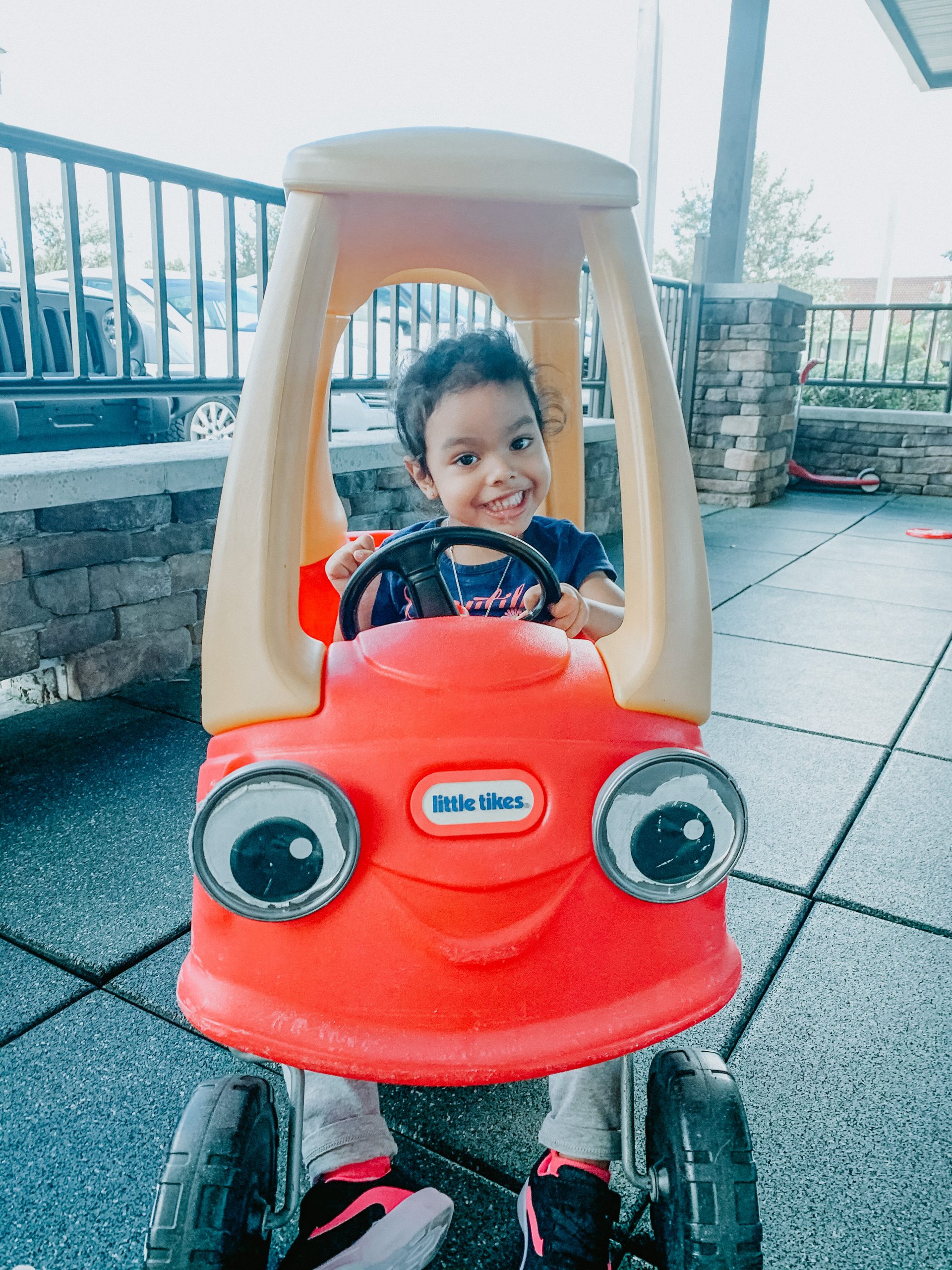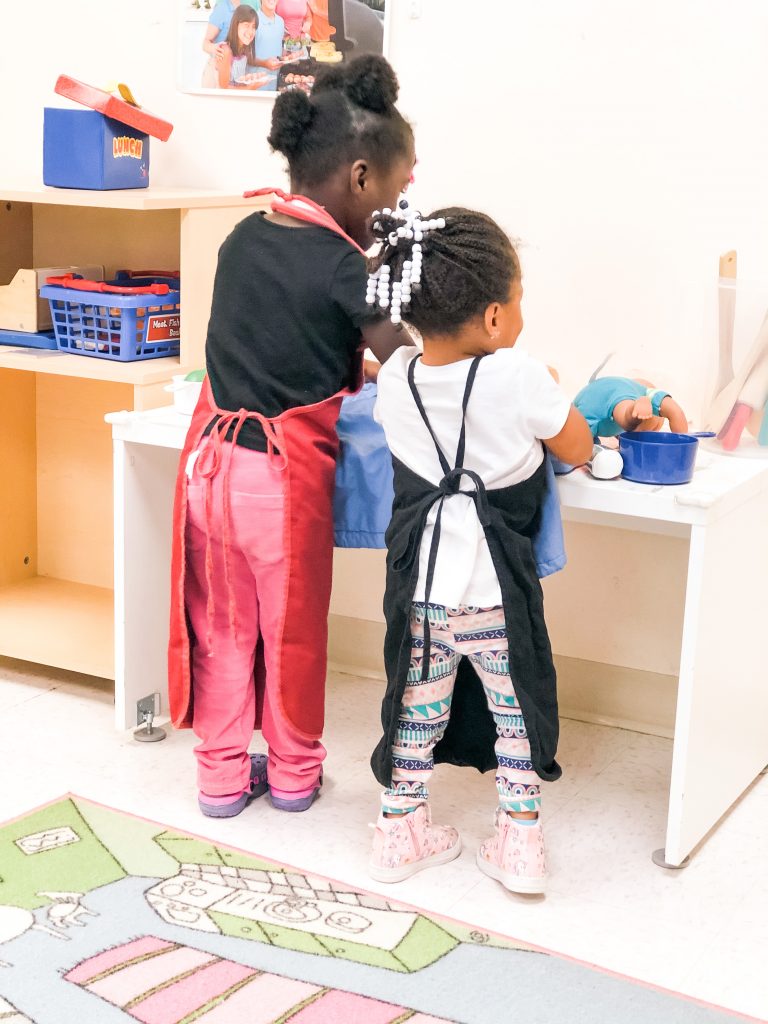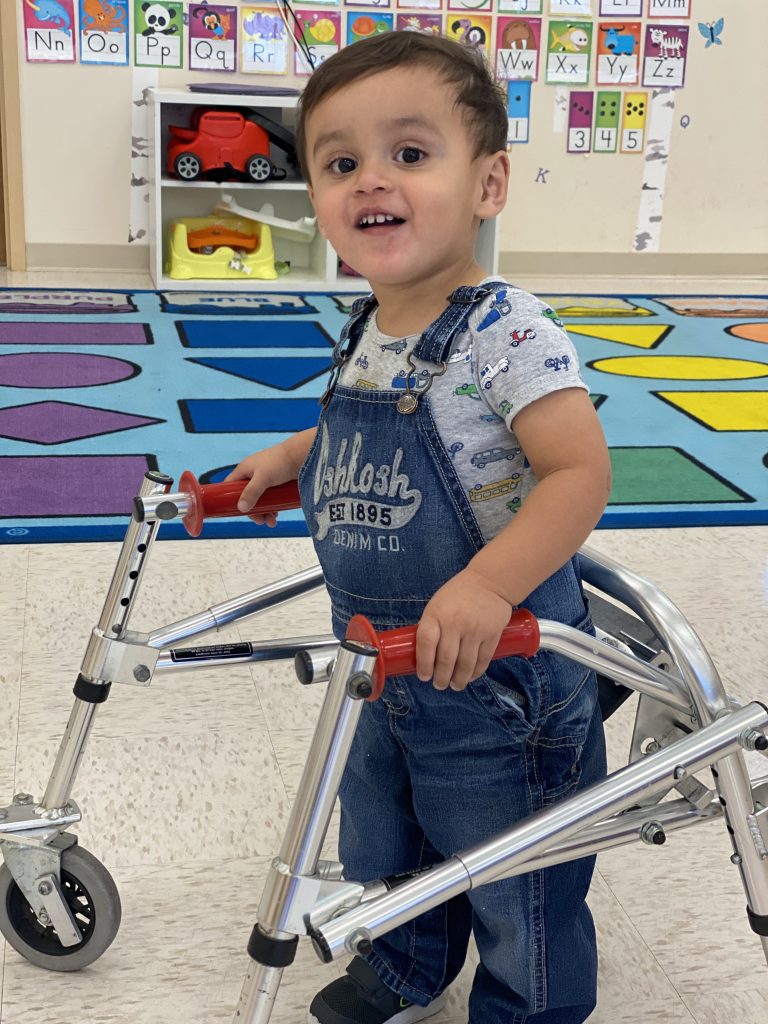
Transitional Pediatric Care with ChildrenFirst
September 17, 2021
5 Tips for Traveling with a Medically Complex Child
November 10, 20217 DIY Accessible Home Improvements
Making a more accessible home for your child with medically complex needs is imperative. After all, it is your child’s home too. While there are numerous ways to improve your house, in this article, we narrow it down to just a few easy things that you can implement to make your child feel more comfortable in their own home. This article offers 7 ways to create a more accessible home for your child with complex medical needs. The best part is, they are all DIY! They will make your life a bit easier too.
Not all spaces work for all people. If your child is in a wheelchair, uses a walker, or has visual impairments, a typical home layout can be difficult to maneuver. What would make your home more accessible for your child? What would make it easier for them to get around at home? While there is no one-size-fits-all answer to these questions, every child is different, and the medical complexities vary significantly from child to child. We aim to take a look at the most obvious suggestions that would work for most children with complex medical needs.
Some major suggestions would be opening up doorways, especially entrances, redoing bathrooms to make them more accessible, and removing steps. However, we are trying to keep it simple and do it yourself friendly. If you are super handy, one of the best things you can do is eliminate the bathroom tub and switch it out with a roll-in shower with a seat. Though this may be a bit much for most DIYers, so let’s take a look at projects you can easily do yourself that would mean a world of change for your child.

1. Railings
Does your front porch have stairs? Is there a railing? Many homes, especially in Florida, specifically new construction we have noticed, have steps leading to the house but offer no railing. For children in a walker, a simple install of one will make a world of difference. While a railing for children and the elderly in general makes sense near steps, imagine the difficulty a medically complex child must face. Find yourself a sturdy railing and install one to assist your child in getting in and out of the house. This may also make them feel more independent as they will not need to lean on you or another person for help.
Bathroom railings, or grab rails, are another great area to focus on. From installing one next to the toilet, even having a toilet seat at a more comfortable level or lift would help. Ensure there is a grab rail in or near the shower and any other areas your child may need additional help to give them the strength to get up and down correctly. Consider adding brightly colored towels and floor mats that will contrast with the wall and floor colors for those with vision impairments.
2. Hand-held Shower Head
Most showers and baths have standard showerheads. While it may not matter for most people, for a child with complex medical needs, a standard showerhead may not work as well. A simple switch to a hand-held showerhead may make a huge difference. Whether they are showering themselves or you are assisting. A hand-held showerhead is going to help you clean your child much more thoroughly than that of a standard showerhead. You can order one from amazon or get one at your nearby Target or Walmart for a reasonable price. This is a great project that only takes a few minutes and won’t cost much, but it really will help in the long run!
3. Upgrade Your Doors
Have you heard of Pivot Hinge Doors? These doors still allow for privacy, but there is no knob to turn with the added benefit. They swing in either direction and make it much easier on a medically complex child who may not be able to turn a doorknob very easily. With a simple switching out of doors, this job can be done in less than a day, depending on how many doors you want to switch out. Rooms to focus on for these types of challenges would be the bathroom and their bedroom.
4. Lighting
If you use table lamps and have cords around, you may want to think about switching to overhead lighting. For children with complex medical needs, especially vision impairments, or using walkers, making your home light and bright is necessary. You want to make sure they can see as much as possible as they get around.
From the bedroom to the main living areas, keeping cords out your child’s path is critical. Do away with standing lamps as a simple bump will make it go crashing. Stick with lighting overhead. Overhead lighting offers a better light, and you won’t have to worry about anyone tripping on cords.
5. Lowered sink/counters in the bathroom
With a modified counter, your child will be able to brush their teeth themselves! Switching out a counter to a lower one while adding a lower sink will literally make a world of difference to your child! A counter that is opened underneath allows the wheelchair to be rolled upright under it so your child can reach perfectly. Make sure to add a mirror and lowered hand towel at their height too to complete the job! Every child should be able to wash their hands and not have to struggle to reach them.
6. Rug removal
While we are not necessarily insinuating you tear up all the rugs in your house, we aren’t against it either. If you are super handy, ripping up your carpets takes some elbow grease. Depending on what floors you have underneath, it may simply take refinishing them if you are lucky enough to have hardwoods underneath. Otherwise, you may need to install the flooring yourself or have someone else do it. If your child’s room has carpet or main living areas of your home where your child is regularly, you may want to look at those areas specifically.
The main point here is to make it easier for your child in a wheelchair or walker to get around. Imagine driving on asphalt versus mud. The carpet is thick, making it that much harder to navigate. For those with area rugs, remove them. Though they look pretty, it only causes more work for your child. Sometimes area rugs get caught up underneath, even causing a tripping hazard. For those in walkers or wheelchairs, the area rugs present another level of challenges that you may not necessarily notice as one.
7. Declutter
This is an easy one. Would it be easy to navigate your home if you were to take a spin in your child’s wheelchair? Are there tables in the way or chairs, which may look lovely where they are, they may be making it harder for a child to get around? You want to make clear paths. Since pediatric wheelchairs range in width from about 10 to 16 inches, you want to make sure there is plenty of room for them to steer. Rearrange your furniture if need be or clean some things out to donate. Either way, decluttering and keeping things neat and organized, as well as off the floor, will help your medically complex child tremendously!
Making a More Accessible Home Does Not Have to Be Expensive

Special upgrades to your home do not need to be super expensive. If you can do it yourself, you will save a ton of money! Making the home more accessible for your medically complex child is something every parent of a child with special needs will need to think about. Things that do not take much time, from simple decluttering to installing ceiling lights to eliminate cords. The value in removing area rugs to make rolling a wheelchair easier is enormous in the eyes of your child and costs you nothing!
Making your home more livable for your child. Having a child who has complex medical needs can get expensive. Our goal is to help you find inexpensive ways to DIY some adjustments around the house. So, get your thinking cap on and take a spin in their world for a few minutes and see what other ideas you can come up with that would make their lives easier.
Sometimes all it takes is “putting on their shoes” to see how they see the world. It will look completely different from their angle than your own. Though as a parent, there are plenty of things you see that would make it easier on your child, such as simply switching the standard shower-head to a hand-held one. You may find more things that could use switching out by sitting where they are sitting and thinking for a few minutes. Happy DIY, and here at Children’s First, we hope you have found some projects that you can do yourself and will make your child much more comfortable in their own home.
ChildrenFirst – Medically Complex Pediatric Doctors in Central Florida
Skip the overwhelm when it comes to making your home more easily accessible for your child with complex medical needs. There are some great DIY changes that you can do that will have a big impact on how your child maneuvers their own home. They are easy on the wallet too!
Parenting a child with complex medical needs is not easy, but we are here to assist you and encourage your child to reach their full potential. Contact us today and discover how ChildrenFirst can benefit you and your child!




